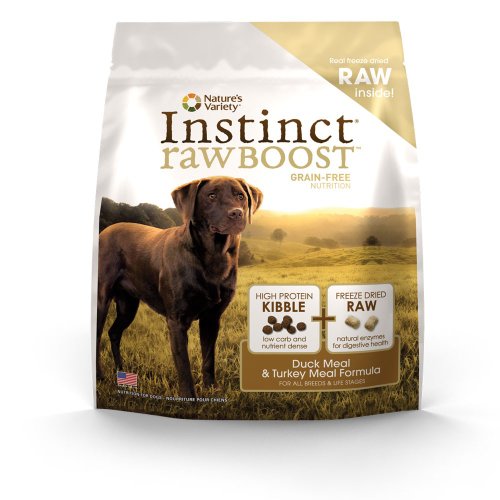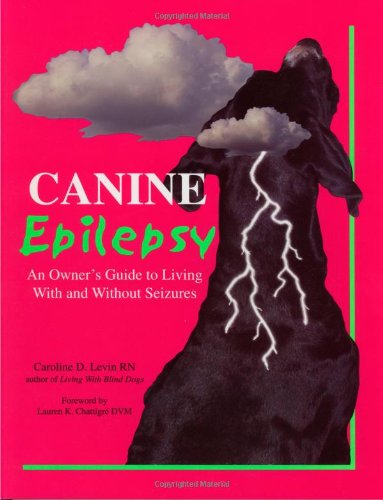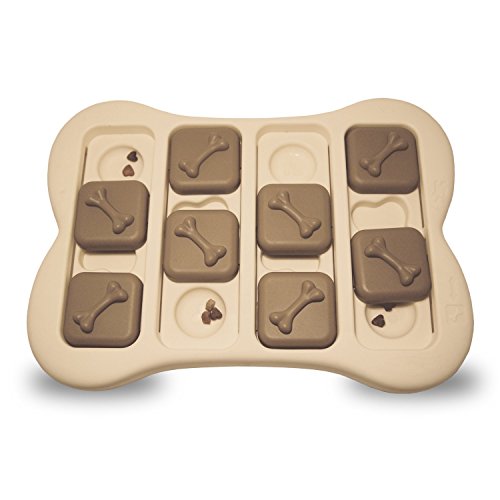Dogs eat the darndest things. Garbage, shoes, homework, dirty diapers - things that would put you and I in the hospital. And yet, despite the seemingly ironclad canine digestive system, one of our favorite aphrodisiacs and antioxidants can be deadly to a dog. If you are someone who pays even the slightest attention to the health and well-being of your companion animals you probably already know that dogs cannot eat chocolate. But have you ever wondered why chocolate can be so dangerous for dogs when it's so heavenly for us?
The answer is simple and strictly chemical. Chocolate contains theobromine, which is a naturally-occurring molecule found in the cocoa beans, coffee, tea, and cola and is related to caffeine. In the medical field it has been used as a drug to treat high blood pressure because of its ability to dilate blood vessels. Because of its diuretic effect, it is also sometimes used in cases where cardiac failure has resulted in an accumulation of body fluid. What makes it poisonous for dogs and not humans is the fact that dogs are unable to metabolize the chemical effectively. If they are fed chocolate, the theobromine will remain in their bloodstream for up to 20 hours. Theobromine can be dangerous to cats as well but little is ever mentioned about the toxicity most likely because cats have eating habits that are different from dogs and they are less likely to inhale large quantities of chocolate.
Symptoms of theobromine toxicity are nausea, diarrhea, vomiting, restlessness, and increased urination. These can progress to cardiac arrhythmias, epileptic seizures, internal bleeding, heart attacks, and eventually death.
Different types of chocolate as well as different levels of "quality" will contain different amounts of theobromine. In general, theobromine levels are higher in dark chocolate or higher-quality chocolate and lower in milk chocolate and lower quality chocolate. Simply stated, depending on the size, overall health, and age of your dog, different kinds of chocolate can have different negative affects. Generally, it takes a large amount of theobromine to cause a toxic reaction. 100-150 mg of theobromine per kg of body weight.
Here is a breakdown of the different types of chocolate and their respective danger to your dog:
- White chocolate: It would take 250 lbs. of white chocolate to cause signs of poisoning in a 20 lb. dog, 125 lbs. for a 10 lb. dog.
- Milk chocolate: 1 ounce per lb. of body weight. Wow! 20 times more toxic than white chocolate! Who knew? Approximately one lb. of milk chocolate is poisonous to a 20 lb. dog; one-half lb. for a 10 lb. dog. The average chocolate bar contains 2 to 3 ounces of milk chocolate. It would take 2-3 candy bars to poison a 10 lb. dog. Semi-sweet chocolate has a similar toxic level.
- Sweet cocoa: 0.3 ounces per lb. of body weight. One-third of a lb. of sweet cocoa is toxic to a 20 lb. dog; 1/6 lb. for a 10 lb. dog.
- Baking chocolate: 0.1 ounce per lb. body weight. Two one-ounce squares of bakers chocolate is toxic to a 20 lb. dog; one ounce for a 10 lb. dog.
It's important to note that carob, an ingredient in our natural dog food mixes is not the same as chocolate. It is used as a chocolate substitute for humans - but we use it because it is a healthy and nutritious food that's great for dogs and tasty too.
If you suspect your pet has ingested chocolate contact your vet immediately. They can help you determine the proper treatment for your pet. If you can get your dog to the vet within 2 hours from when the chocolate was ingested, vomiting can be induced to remove the poison.
Bottom line is enjoy the Holidays, but keep the chocolate out of paw's reach.

 Whats in Your Pets Dog Paw and Feet
Whats in Your Pets Dog Paw and Feet
 Natures Variety Instinct Raw Dog Food: Best Choice for Your Treasured Pet
Natures Variety Instinct Raw Dog Food: Best Choice for Your Treasured Pet
 Great Dog Breeds: the Happy Little Papillon
Great Dog Breeds: the Happy Little Papillon
 Have Furry Children? Four Important Facts for Happy Pets
Have Furry Children? Four Important Facts for Happy Pets
 Interview With A Pit Bull Rescuer
Interview With A Pit Bull Rescuer
 Junior Handler Shows Canaan Dog with Seizure Alert Skill - Westminster 2010
Junior Handler Shows Canaan Dog with Seizure Alert Skill - Westminster 2010
 Train Your Puppy Properly
Do you want to play catch?
Train Your Puppy Properly
Do you want to play catch?
 What to Do about Fleas on Dogs
One or two fleas found on yo
What to Do about Fleas on Dogs
One or two fleas found on yo
 Seizures in Dogs, Canine Seizures
Seizures, Are Very Common In The Pug BreedMy Black Pug
Seizures in Dogs, Canine Seizures
Seizures, Are Very Common In The Pug BreedMy Black Pug
 Ten Most Popular Dogs in America for 2012
Wanna Join My Puppy Pile?
Credit: coa
Ten Most Popular Dogs in America for 2012
Wanna Join My Puppy Pile?
Credit: coa
 Leaving Your Dog Home Alone While at Work
Our pets give us uncondition
Leaving Your Dog Home Alone While at Work
Our pets give us uncondition